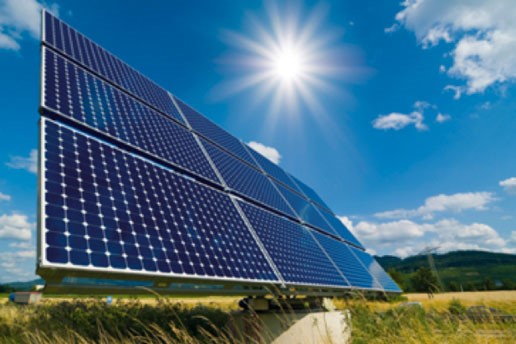Posted on 14th Oct 2024

As renewable energy technologies advance, solar water pumping systems have emerged as a viable solution for irrigation, livestock watering, and other applications in remote areas. One of the key components that can significantly enhance the performance of these systems is the Variable Frequency Drive (VFD). This article explores the role of VFD for solar water pumping, their benefits, and how they contribute to a more sustainable future.
A Variable Frequency Drive (VFD) is an electronic device that controls the speed and torque of an electric motor by varying the frequency and voltage of its power supply. In solar water pumping systems, VFDs are used to optimize the operation of the pump, allowing it to adjust its speed based on the solar energy available and the demand for water.
VFDs allow solar water pumps to operate at variable speeds, which can significantly improve energy efficiency. By adjusting the pump speed to match the solar output and water demand, VFDs reduce energy waste and enhance overall system performance.
By controlling the acceleration and deceleration of the pump motor, VFDs minimize mechanical stress on the pump and motor components. This leads to a longer lifespan for the equipment, reducing maintenance costs and downtime.
In agricultural applications, the water demand can fluctuate throughout the day. VFDs enable pumps to adjust their output dynamically, ensuring that water is delivered consistently and efficiently, irrespective of changing solar conditions.
VFDs come with built-in protection features that guard against issues like over-voltage, under-voltage, and overheating. This increases the reliability of the solar pumping system and minimizes the risk of equipment failure.
Modern VFDs often come equipped with advanced control and monitoring capabilities. Users can easily track performance metrics, optimize operation, and even integrate the system with smart technologies for better management.
In a typical solar water pumping setup, solar panels generate electricity, which powers the pump through the VFD. The VFD converts the DC electricity from the solar panels to AC electricity, allowing the pump motor to operate efficiently.
The VFD continuously monitors input from sensors that gauge solar irradiance and water levels. Based on this data, it makes real-time adjustments to the pump speed, ensuring that water is pumped efficiently without wasting energy.
In various agricultural projects, farmers have integrated VFDs into their solar water pumping systems. This integration has led to significant improvements in water use efficiency, allowing for more crops to be irrigated with less energy consumption.
In remote areas, providing a reliable water supply for livestock can be challenging. Solar pumping systems equipped with VFDs have proven to be highly effective, ensuring that animals receive the necessary water without the high operational costs associated with traditional systems.
The integration of Darwin Motion Variable Frequency Drives in solar water pumping systems represents a significant advancement in the quest for sustainable and efficient water management solutions. By optimizing pump operation, reducing energy consumption, and extending equipment life, VFDs contribute to a more reliable and effective use of solar energy in water pumping applications. As the demand for sustainable practices continues to grow, VFDs will play a crucial role in enhancing the capabilities of solar water pumping systems, paving the way for a greener future.